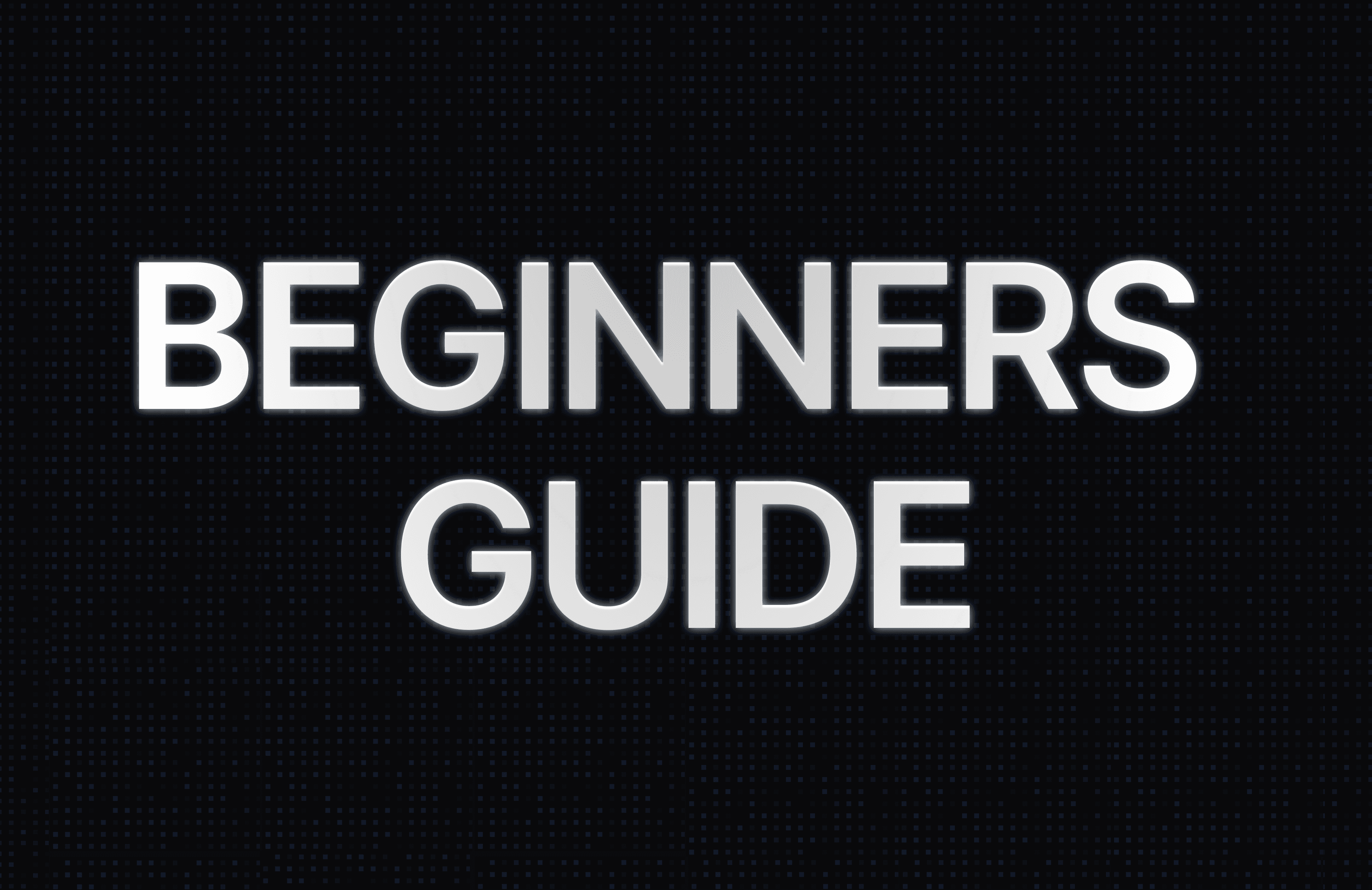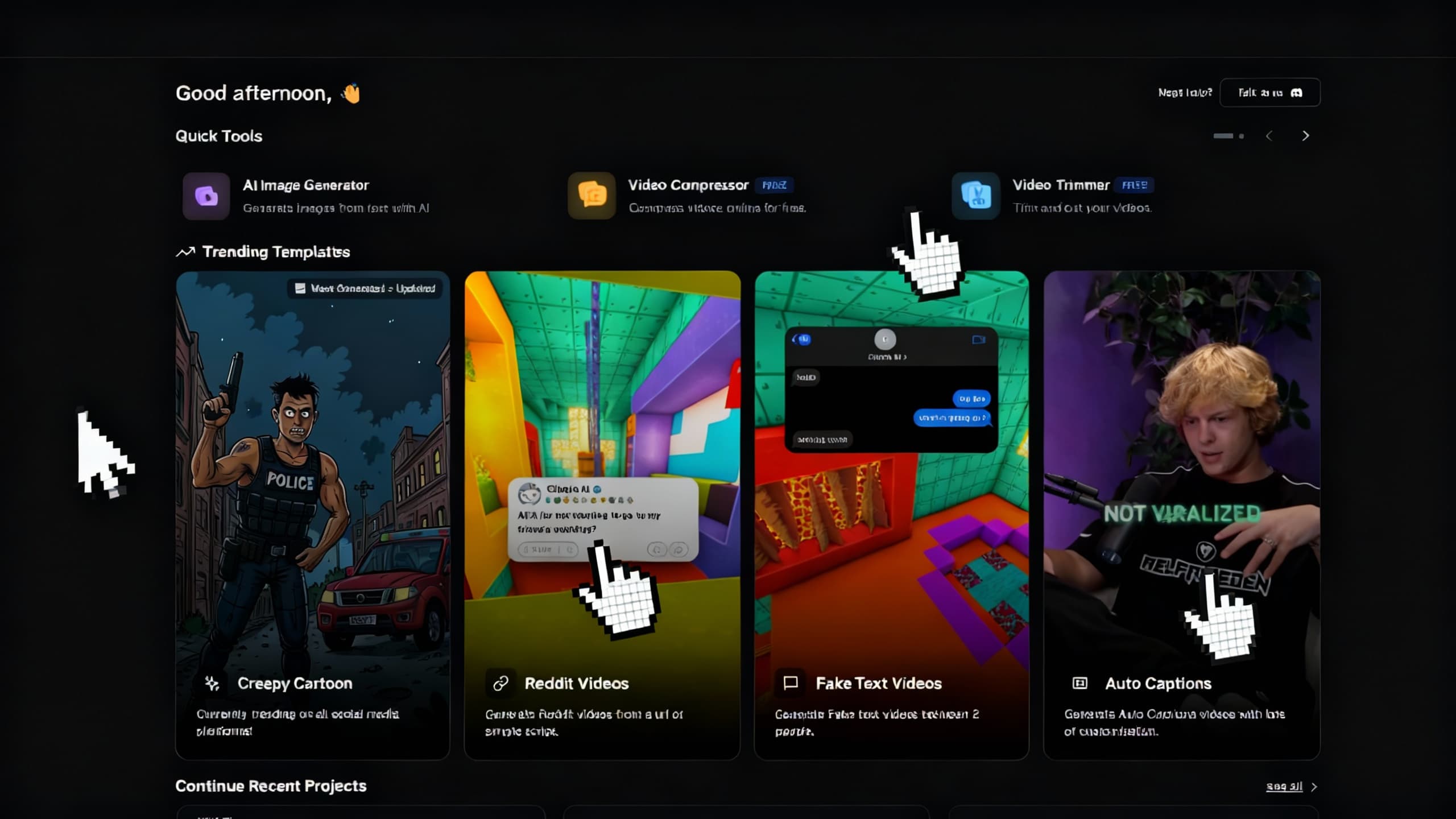How I Built a Faceless YouTube Channel That Hit 100K Subs in 6 Months
Learn how I scaled a faceless YouTube channel to 100K subscribers in just six months using AI tools, YouTube SEO, and monetization strategies. Discover how you can replicate this method today.

Introduction
YouTube is no longer just a platform for vloggers, gamers, and influencers who thrive on personal branding. In 2025, faceless YouTube channels are dominating niches ranging from finance to storytelling, and they are proving that you don’t need to appear on camera to build a highly profitable business.
I know this first-hand. In just six months, I scaled a faceless YouTube channel from zero to 100,000 subscribers, without showing my face even once. By combining AI-powered tools like Clippie AI with strategic YouTube SEO and smart monetization, I built a channel that now generates consistent revenue and has opened doors to new opportunities.
In this blog, I’ll walk you through the exact system I used, including why faceless channels scale faster, how I structured my workflow with AI, the YouTube SEO techniques that pushed my content to the top, the monetization methods that worked best, and the lessons I believe every beginner should know before starting.
Why This Topic is Relevant Today
The creator economy has exploded, and YouTube remains at the center of it. Over 2.7 billion monthly active users consume content on YouTube, and according to recent data, faceless channels now make up a significant portion of the fastest-growing accounts. This shift isn’t surprising.
The rise of AI tools has made it easier than ever to generate scripts, voiceovers, and visuals at scale. At the same time, YouTube’s algorithm continues to reward creators who publish consistent, high-quality content regardless of whether they appear on camera. For many, this creates a low-barrier entry point into a massive income opportunity.
Faceless YouTube channels are relevant today because they:
Remove personal limitations. You don’t need charisma or camera skills.
Scale more easily. You can outsource or automate nearly every part of production.
Tap into evergreen niches. Finance, health, horror, and tech niches can thrive facelessly.
Protect privacy. Many creators prefer to grow businesses without tying them to their identity.
In short, faceless channels align perfectly with the trends of 2025: automation, privacy, and scalability.
What Is a Faceless YouTube Channel?
A faceless YouTube channel is exactly what it sounds like: a channel that delivers value without the creator ever appearing on screen. Instead of a personal presence, these channels rely on visuals like stock footage, motion graphics, animations, AI-generated images, or screen recordings. Narration can be provided by human voiceovers or AI-generated voices.
Examples include channels that:
Share finance tutorials using screen recordings and voiceovers.
Create animated explainers on topics like psychology or productivity.
Tell horror stories or mysteries with AI-generated visuals and atmospheric audio.
Deliver tech reviews using b-roll footage, stock video, and narration.
The focus isn’t on the creator but on the content itself, the storytelling, the information, or the entertainment. This makes faceless channels highly scalable and attractive for entrepreneurs.
Overview
This blog is a step-by-step guide to how I built a faceless YouTube channel that grew to 100K subscribers in six months. I’ll explain why faceless niches scale faster than traditional personality-driven channels, how I used Clippie AI to batch produce content efficiently, the SEO practices that pushed my videos to the top of search results, the monetization strategies I relied on to turn views into income, and the lessons I learned that can save beginners months of trial and error.
Table of Contents
Why faceless niches scale faster
My workflow with Clippie AI
YouTube SEO: titles, thumbnails, captions
Monetization via ads and affiliate links
Lessons every beginner should know
1. Why Faceless Niches Scale Faster
One of the biggest advantages of faceless channels is their ability to scale faster than traditional YouTube channels. When your content isn’t tied to your personal presence, you gain flexibility in production, branding, and experimentation.
Traditional YouTubers face bottlenecks: setting up equipment, filming, editing themselves into every video, and dealing with the psychological pressure of always being “on brand.” In contrast, faceless creators can skip those steps and focus purely on content output and optimization.
For example, my channel’s niche was horror storytelling. Instead of worrying about costumes, settings, or performance, I could focus on sourcing chilling stories, creating AI voiceovers, and pairing them with compelling visuals. This process allowed me to publish four to five videos per week consistently, something most face-driven creators struggle to maintain.
Another key factor is replication. Once you’ve established a successful format, you can clone the workflow across multiple niches. A faceless channel about horror stories can be easily replicated into a channel about motivational stories, finance tips, or life hacks. The scalability comes from the system, not the individual.
2. My Workflow with Clippie AI
The secret to scaling fast was building a repeatable workflow, and Clippie AI was at the heart of it. Before using AI, creating even a simple 10-minute video could take me six to eight hours. With Clippie AI, that time was cut by more than half.
Here’s how my workflow looked:
Step 1: Scripting. I used ChatGPT to draft scripts based on trending keywords and popular storytelling structures. These scripts were then refined for engagement.
Step 2: Voiceovers. Clippie AI generated professional-quality voiceovers instantly. The tool allowed me to choose tones that matched the eerie, suspenseful vibe of horror storytelling.
Step 3: Visuals. I combined AI-generated imagery with stock videos and simple animations. Clippie automatically synced visuals to the narration, creating seamless pacing.
Step 4: Editing. Instead of manually editing, I let Clippie handle transitions, captions, and audio balancing. I only made minor adjustments to maintain branding consistency.
Step 5: Batch Production. By following this system, I was able to produce 10–15 videos per week while still having time to analyze analytics and brainstorm growth strategies.
This AI-powered workflow wasn’t about replacing creativity, it was about freeing up time so I could focus on growth rather than repetitive editing tasks.
3. YouTube SEO: Titles, Thumbnails, Captions
Many creators underestimate how much of YouTube success comes down to SEO optimization. YouTube is both a social platform and the second-largest search engine in the world. Optimizing for discoverability was one of the main reasons my channel grew so fast.
For titles, I used a blend of curiosity and keyword targeting. A title like “The Creepiest Internet Horror Story You’ve Never Heard Of” balances intrigue with SEO. I relied on keyword tools like TubeBuddy and VidIQ to ensure my titles aligned with what people were already searching.
Thumbnails were just as important. I used bold colors, minimal text, and emotionally evocative imagery. My horror niche thumbnails often included spooky eyes, shadows, or eerie silhouettes that hinted at the story without revealing too much. Consistency in design built brand recognition, which improved click-through rates.
Captions and descriptions played a huge role in SEO. I uploaded full transcripts for accessibility (which YouTube also indexes for search), and I optimized descriptions with secondary keywords and affiliate links. For example, a description might include phrases like “scary story narration,” “AI horror channel,” or “best horror stories on YouTube.”
Finally, tags and playlists helped categorize my content. Grouping similar videos into playlists boosted session watch time, signaling to YouTube that my channel kept viewers engaged, another key ranking factor.
4. Monetization via Ads and Affiliate Links
By the time my channel hit 100K subscribers, monetization was flowing from multiple streams. Adsense was the first revenue source, and it scaled quickly as my videos racked up millions of views. In the horror niche, my CPMs ranged between $3 and $6, which meant a viral video with 500,000 views could earn several thousand dollars in ad revenue alone.
But ads were just the beginning. I maximized income by integrating affiliate marketing. For example, I promoted eBooks, merchandise, and even apps related to horror stories and thrillers. By placing affiliate links in video descriptions and pinning them in comments, I captured revenue from engaged viewers who wanted to explore further.
I also experimented with digital products, like offering downloadable “collections of horror stories” or exclusive narrated content. These products not only added another revenue stream but also deepened my connection with my audience.
The lesson was clear: while YouTube ads are powerful, affiliate links and digital products give you control over your income and shield you from fluctuations in ad rates.
5. Lessons Every Beginner Should Know
After six months of building and scaling, I walked away with several lessons that every beginner should know before diving into faceless YouTube channels:
First, consistency is everything. The YouTube algorithm rewards channels that publish regularly. Even if your first videos flop, stay the course.
Second, invest in strong hooks. The first 15 seconds of your video determine whether viewers stay or bounce. Hone your storytelling and make the beginning of each video impossible to ignore.
Third, analytics are your compass. Study retention graphs, click-through rates, and subscriber growth. Every data point tells you how to improve.
Fourth, don’t rely on a single revenue stream. Ads alone are not enough. Diversify into affiliates, sponsorships, or your own digital products.
Finally, treat your channel like a business. This mindset shift is crucial. Use tools, outsource when necessary, and reinvest profits into better content or scaling strategies.
FAQs
Q1: Can you really grow a faceless YouTube channel in 2025? Yes. With the right niche, AI tools, and SEO practices, faceless channels are among the fastest-growing types of YouTube accounts today.
Q2: What are the best niches for faceless YouTube channels? Popular niches include finance, horror, relationships, motivation, tech tutorials, and productivity. These topics work well because they are evergreen and don’t require a personal presence.
Q3: How much does Clippie AI cost? Clippie AI offers affordable monthly plans starting under $50, making it ideal for creators who want to scale content production without hiring editors.
Q4: How long does it take to get monetized on YouTube? To qualify for monetization, you need 1,000 subscribers and 4,000 watch hours. With consistent uploads in a strong niche, this can be achieved in as little as three to six months.
Q5: Are faceless channels less trustworthy to viewers? Not at all. Audiences care about value and storytelling, not whether the creator shows their face. Many of the most successful channels today are faceless.
Conclusion
Faceless YouTube channels are one of the most exciting opportunities in the creator economy today. With the help of AI tools like Clippie AI, smart SEO practices, and diversified monetization, it’s possible to grow a channel to 100,000 subscribers in just six months without ever showing your face.
If I could do it starting from scratch, so can you. The key is consistency, strategy, and a willingness to leverage the tools available in 2025.
👉 Ready to build your own faceless YouTube empire? Start today, the sooner you begin, the sooner you’ll scale.
Related Blog Posts
10 AI Tools Every YouTube Creator Should Use in 2025
How to Monetize YouTube Channels with Affiliate Marketing
The Future of Faceless Content: Why Privacy-First Creation is Exploding in 2025
Read more

The Ultimate Beginner’s Guide to Clippie AI (2025): Plans, Credits, Top-Ups, and How It All Works
Learn all about Clippie AI in 2025, including subscription plans, AI credits, and top ups, to help you create faceless videos quickly and grow your content effortlessly.

Building a Viral Workflow with Clippie AI (2025 Edition)
Learn how to build a viral, automated content workflow using Clippie AI. Discover daily systems, templates, and monetization workflows that help creators scale across TikTok, YouTube, and Instagram.

Recap: The Best AI Video Creation Trends from 2025 (And What's Next for 2026)
Complete recap of 2025's biggest AI video creation trends and expert predictions for 2026. Discover how AI tools like Clippie transformed video workflows forever.